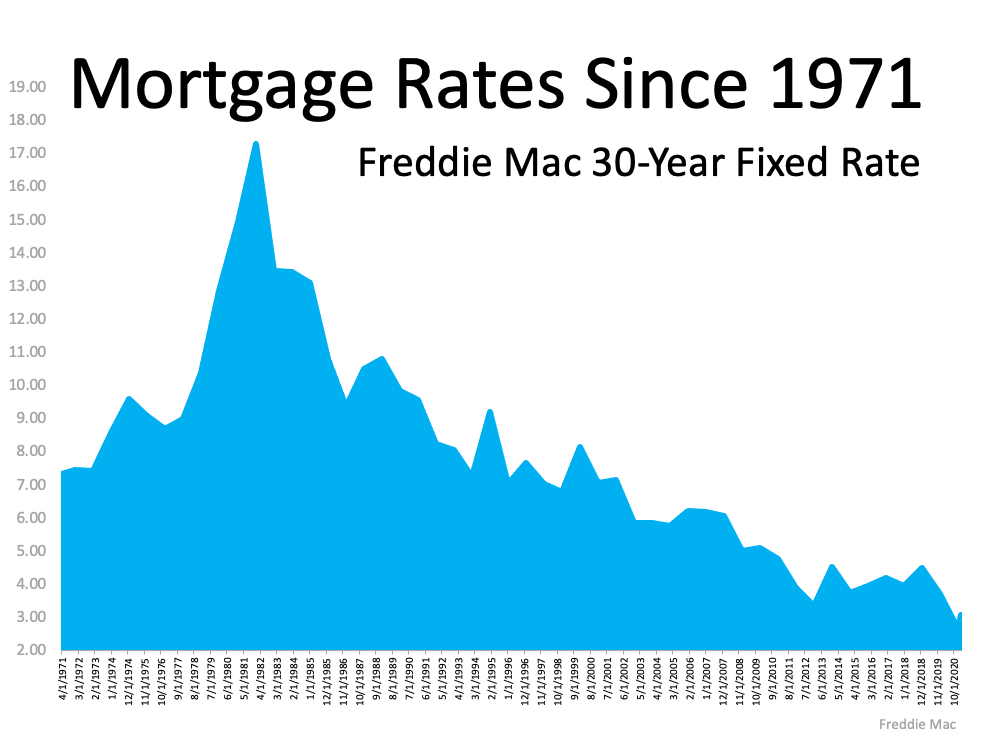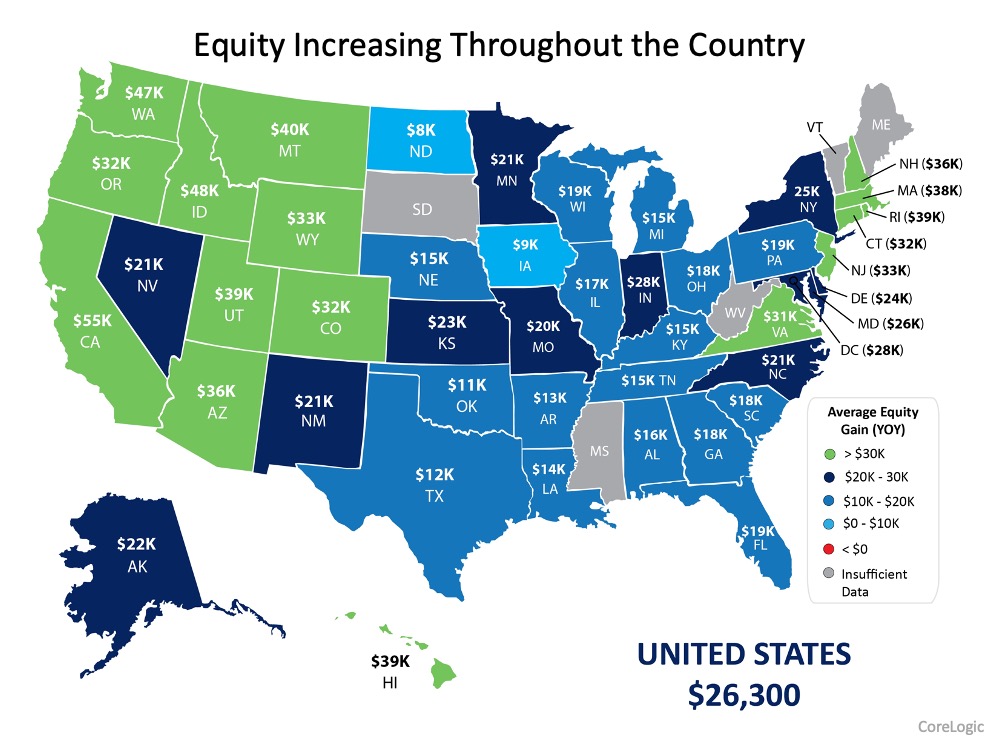Top Video Doorbells for 2021
It’s a new year and a new article about doorbells. What can we say? Video doorbells have added a much-needed component to a range of systems, from home security to smart homes. Who doesn’t want to know who’s at the door before they so much as bother to get up and look out the peephole? No one. That’s who.
Choosing a video doorbell can be a challenging process. There are a lot of technical differences between many different models that look alarmingly similar, as well as various considerations like subscription fees and installation requirements to be aware of.
What You Need to Get Started
Video doorbells require various methods of installation and have different means of powering the sensitive electronics within. Before you choose a doorbell, it’s important to determine if the doorbell will require an existing doorbell transformer, and if so, in what voltage. Older systems could produce as little as six volts, while newer systems could produce as much as 16 volts.
Systems that don’t require an existing transformer usually run on a battery pack that’s removable and rechargeable, which makes them far more flexible options for homes that might otherwise not be able to power a video doorbell. With a self-install, it’s important that you monitor the power usage for the first few weeks to ensure that your doorbell is getting adequate power.
What About Subscriptions?
Many video doorbells will require a monthly subscription fee in order to maintain your video feeds on their cloud storage. You can usually choose from a few different packages that will allow you to retrieve data for a set amount of time and in a specific resolution. It might seem silly to pay extra for HD video of your front door now, but if that video feed helps catch a porch pirate because the images were so crystal clear that the perp was unmistakable, you’ll appreciate it.
Top Video Doorbells for 2021
This is not meant to be an exhaustive list of video doorbells for 2021, but these are some of the better ones on the market as of the writing of this blog, as determined by independent reviewers.
- Ring Video Doorbell Pro 2. It’s on the upper end pricewise for video doorbells, but that’s because this doorbell has all the whistles and… er… bells. Using a radar sensor, the Ring Video Doorbell Pro 2 can actually tell where people are on your property in order to provide the best view of both visitors and intruders. It also has one of the highest resolution cameras currently available, at 1536p HD, as well as Alexa greetings.
- Nest Hello. With a mid-to-upper price point, you should expect a lot from the Nest Hello. Fortunately, it really delivers. Although it requires a hardwired connection, the Nest Hello can recognize individual visitors using facial recognition software, as well as announce them via Google Assistant or Alexa. It also continuously records video, unlike Ring products which require a triggering event to start recording. That’s a pretty nice feature for people who need more intense monitoring, as well as those who want to keep an eye on the wildlife scampering around their yard at night.
- Maximus Answer DualCam. Although the Maximus Answer DualCam won’t be able to communicate with Alexa or Google Assistant, it can do something no other video doorbell currently does: look straight down. This may seem like a small thing, but if you have limited porch space or simply struggle with neighborhood box thieves, being able to see that your package is still safe and sound on the porch is kind of a huge benefit. The doorbell is a dual cam, however, meaning that it also will look straight out at visitors like all other doorbells do. Reviewers have complained that the speaker can be very quiet, but if you’re only using it to watch packages, that may be a smaller concern considering the smaller price point.
Ready for Help Installing That New Doorbell?
There’s no shame in calling in some help to install your video doorbell, especially as a part of a wider smart home system. But who do you call? Just pop into your HomeKeepr community to find a recommendation for smart home experts or electricians in your area with experience. They can help you choose the right doorbell for your home, as well as upgrade any transformers before installing your brand new eye on the world.











